In the post-James Mattis era, if it is to be politically sustainable at home, the Afghanistan mission needs a new focus, writes Michael O’Hanlon. This piece originally appeared in USA Today.
The seismic shocks of the announced resignation of Secretary of Defense Jim Mattis will reverberate for months. Like most, I am only beginning to take stock of the new reality. The consequences will stretch from Washington to China, Russia, North Korea, and beyond. Mattis has been the rock upon which the Trump administration, and this nation’s security, has largely rested for two years.
I will miss Mattis for many reasons. His experience in combat, his camaraderie with troops and his love for them, his steady hand in crisis management, and at least until recently his credibility with President Trump have all been huge advantages for the nation.
He has often been called the adult in the room—when one imagines what many of the conversations in the Situation Room of the White House have been like these last two years. I will also miss Mattis for his steely cool in handling competition with Russia and China.
Many in the national security community seem to think war against one or both is not only possible, but likely. They are too quick to forget the timeless words of Bernard Brodie, one of the country’s top nuclear strategists, who wrote soon after World War II that until now, the purpose of the nation’s military forces had been to win major wars, and now it must be to prevent them. The distinction is crucial among nuclear-armed superpowers. Mattis understands all that.
So rather than try to figure the full impact of the Mattis resignation now, let me take one bite-size part of the story: the implications for the U.S. mission in Afghanistan. Seventeen years after the fall of the Taliban, why are we still at it in Afghanistan, and what can the United States with its allies realistically expect to achieve there? President Trump seems to think the mission has become counterproductive to American interests, and has apparently ordered the drawdown of half of the 14,000 U.S. troops there over the next few months—having just built up from about 10,000 to 14,000 at the end of last year.
In so doing, he has probably weakened the bargaining leverage of his own negotiator, Zalmay Khalilzad, who is trying to forge a peace deal between the Afghan government and the Taliban. That said, Trump’s frustration is understandable, and is shared by many Americans.
In the post-Mattis era, if it is to be politically sustainable at home, the Afghanistan mission needs a new focus. It should center not on nation building, not on regaining more territory for the Afghan government (which currently controls/protects 55 percent of the country’s territory and 65 percent of its population), but on a simpler task: helping the Afghan army and police hold enough of the country that we can sustain the crucial American counterterrorism capability in Afghanistan so another 9/11-like attack against the United States never emanates from South Asia. We should think of this as a partnership, not just a favor we are doing the Afghan people.
Hope for Afghanistan
A recent research trip to Afghanistan impressed upon me some hopeful signs in the war. They include a larger and tougher Afghan special forces community that knows how to fight; a fledgling Afghan air force that just conducted its first night attack; a new concept for a “territorial force” within the Afghan army that would be recruited, trained, and operated locally in key parts of the country; a U.S./NATO command that feels energized under its new leader, General Scotty Miller, one of the finest officers of America’s forever-war generation.
And Afghans in the police force and army continue to fight and die for their country to the tune of 7,000 to 8,000 killed in action per year. While such loss rates are tragic, they also show the patriotism of a force that is proud to protect its fellow Afghan citizens. Indeed, by the standards of war zones, Afghan civilian casualties in this fight, while obviously deeply regrettable, are not particularly high.
Afghan soldiers and police and the Taliban are doing most of the dying. Moreover, while the government only controls some of the country—corresponding to where about 65 percent of all Afghans live, according to CIA estimates—it does hold all the major cities and most roads. For narrow American counterrorism purposes, that is probably good enough. Working with Afghan allies, it allows us to monitor, strike, and thus contain groups like al Qaeda and the potent ISIS affiliate in Afghanistan known as “ISIS-Korasan.”
The casualty rates of Afghan forces, however, are dire. They represent an existential threat to the Afghan nation—and thus ultimately to the U.S. counterrorism capability in South Asia. Already, together with ongoing cronyism in the leadership of the army and police, those losses lead to high AWOL rates and challenges in meeting recruiting targets. (President Ashraf Ghani has made some headway on the corruption and cronyism matters—for example, retiring 4,000 unproductive senior officers—but there is lots more to do.) Afghan national security forces are 10 to 20 percent below authorized strength as a result. Greater shortfalls could result, if for example the Afghan presidential elections now scheduled for springtime worsen political or ethnic fissures.
For American security to be protected, we need to work with the Afghan government to make their army and police more survivable and sustainable. That requires ideas like these, to reduce casualties and improve recruiting and retention:
- Take the Afghan National Army Territorial Force concept to scale quickly in 2019/2020. Since many Afghans prefer to defend their home territories rather than distant parts of the nation, this concept should help greatly with recruiting and retention.
- Emulate the rotation and rest policies of the Afghan special forces within the regular army and police, who at present rarely get leave time or down time—even at the cost of giving up protection of some remote regions of the country.
- Consolidate police checkpoints into fewer, better defended outposts so they are less vulnerable to being overrun by Taliban ambush. In some cases, remote sensing with technology can partially replace the role of the closed checkpoints.
- Help the Afghan government acquire more battlefield medical evacuation capacity as a top priority, so that it can keep more of its wounded alive.
- Provide members of the Afghan parliament and other officials modest funds to hire small personal security details so they will make fewer demands on the regular police to protect them.
With such improvements in strategy, the U.S./NATO mission in Afghanistan can likely protect the West from large-scale terrorist attacks originating in South Asia, while declining in size with time. Such goals may not sound very Churchillian. But they are what is now realistic—and, for our core security interests, they are probably also good enough.
The Brookings Institution is committed to quality, independence, and impact.
We are supported by a diverse array of funders. In line with our values and policies, each Brookings publication represents the sole views of its author(s).

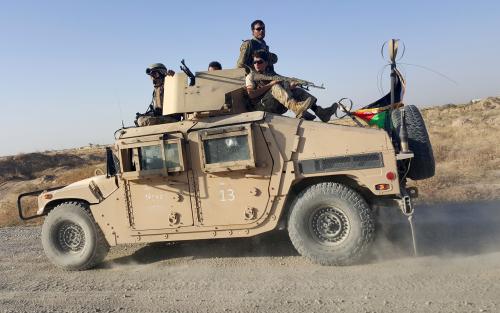
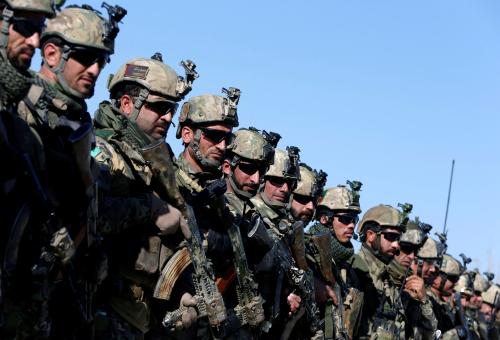
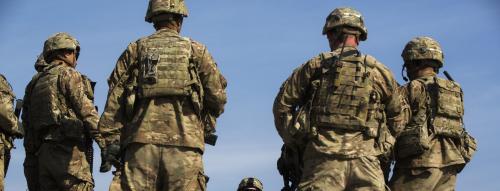

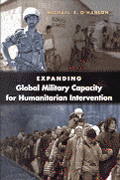
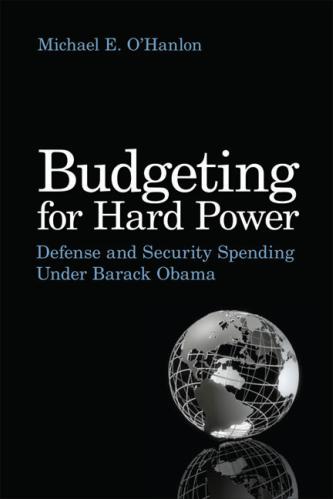

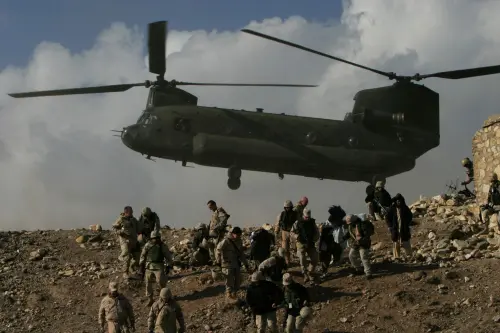
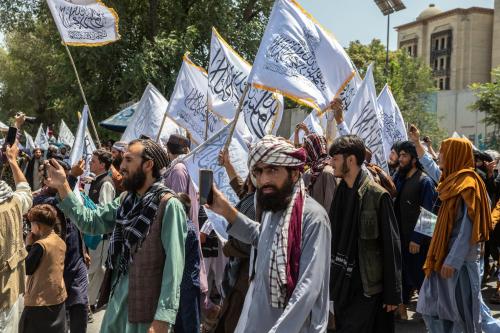
Commentary
After Defense Secretary Jim Mattis leaves, what then? Some ideas for Afghanistan
December 22, 2018